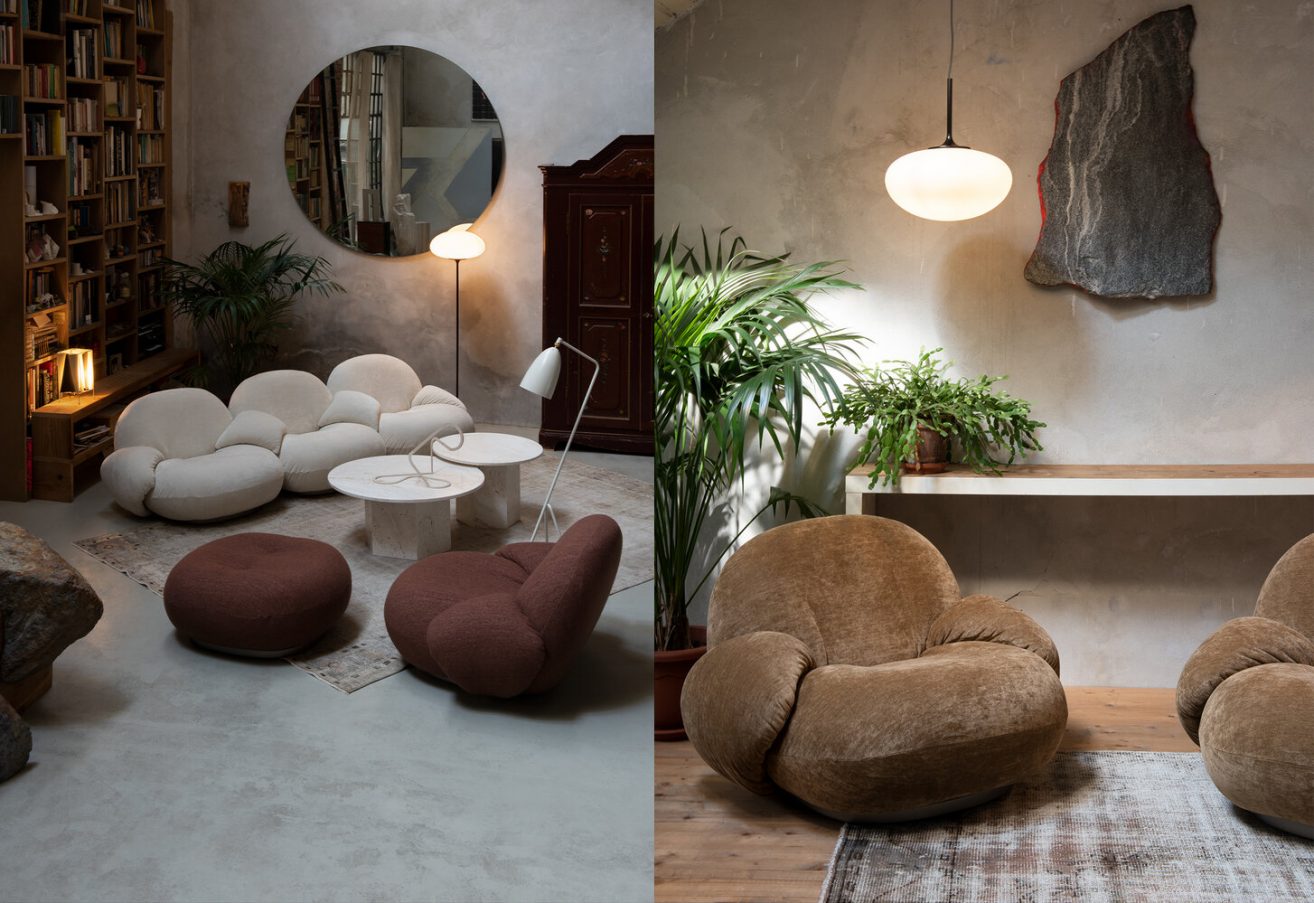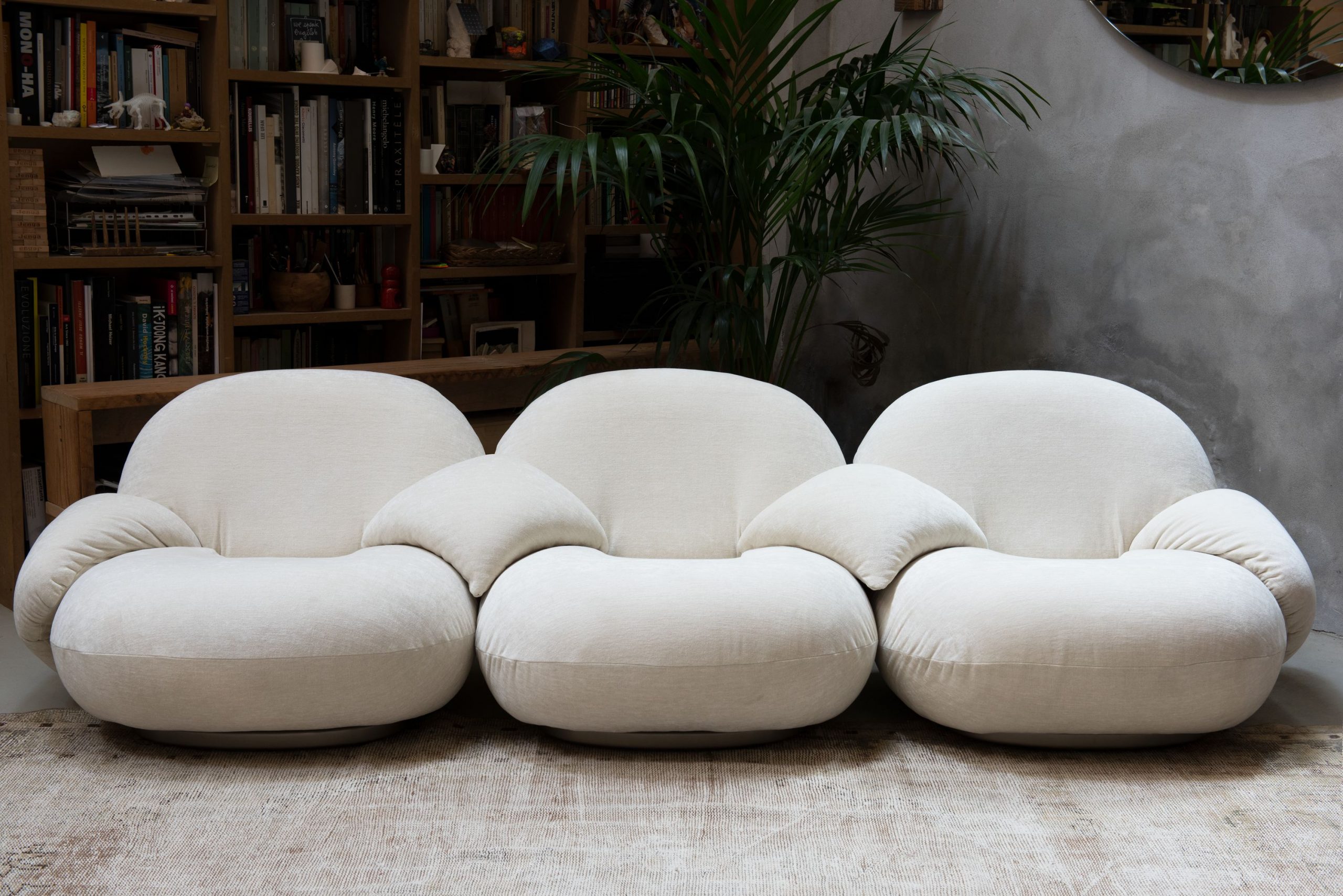PACHA COLLECTION
Iconic designer Pierre Paulin’s vision was to create a sensation of ‘sitting on clouds’. A little ahead of its time in 1975, the modular Pacha Collection is finally coming into its own today as GUBI reissues this timeless and characterful collection.
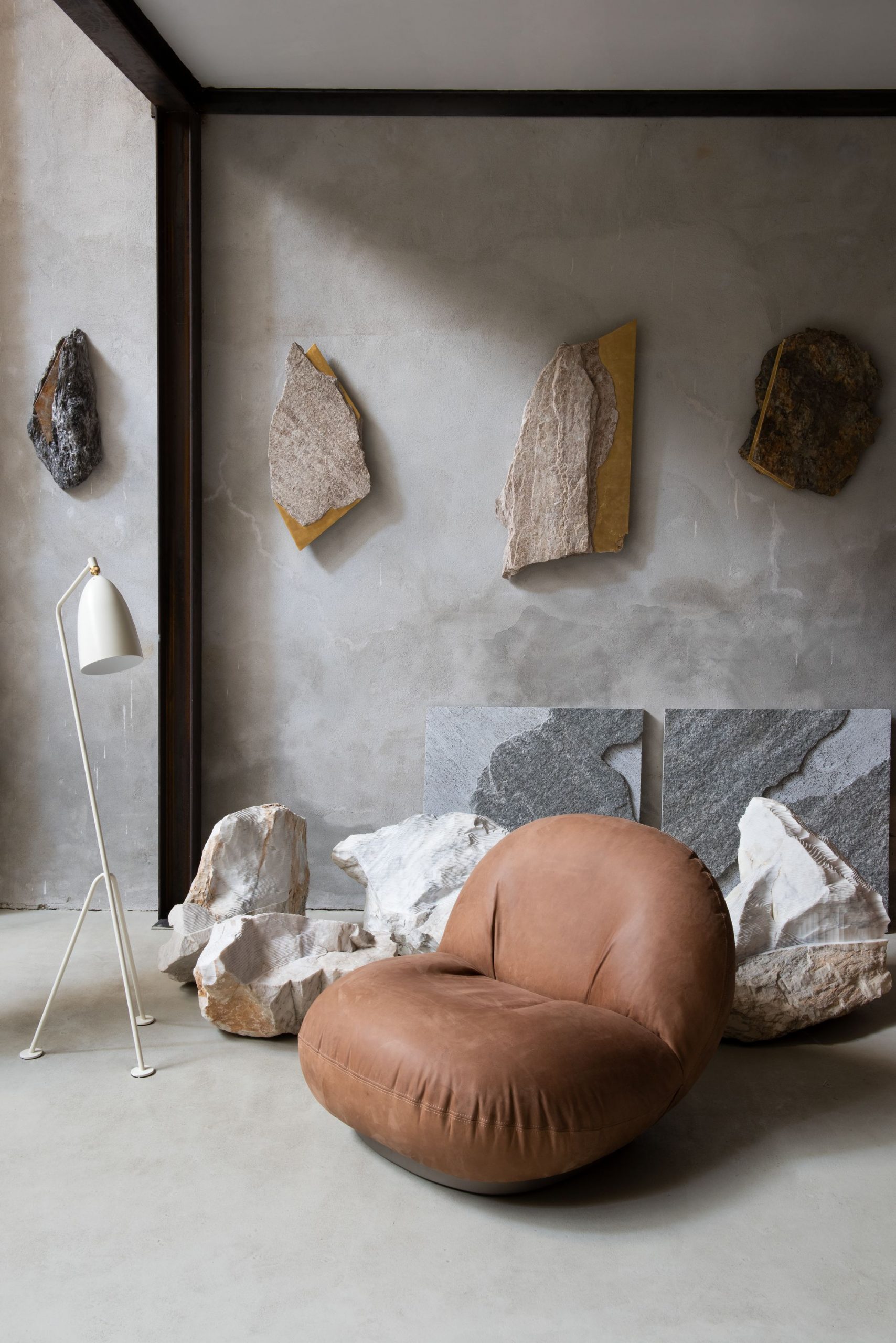 Trend setting with low profile
Trend setting with low profile
Pacha was ahead of its time when it was launched in the 1970s and the design was the result of extensive research into the notion of comfort. Today it is again setting trends. It has attracted a lot of attention from GUBI aficionados, as its low, plump style gains popularity fifty years on.
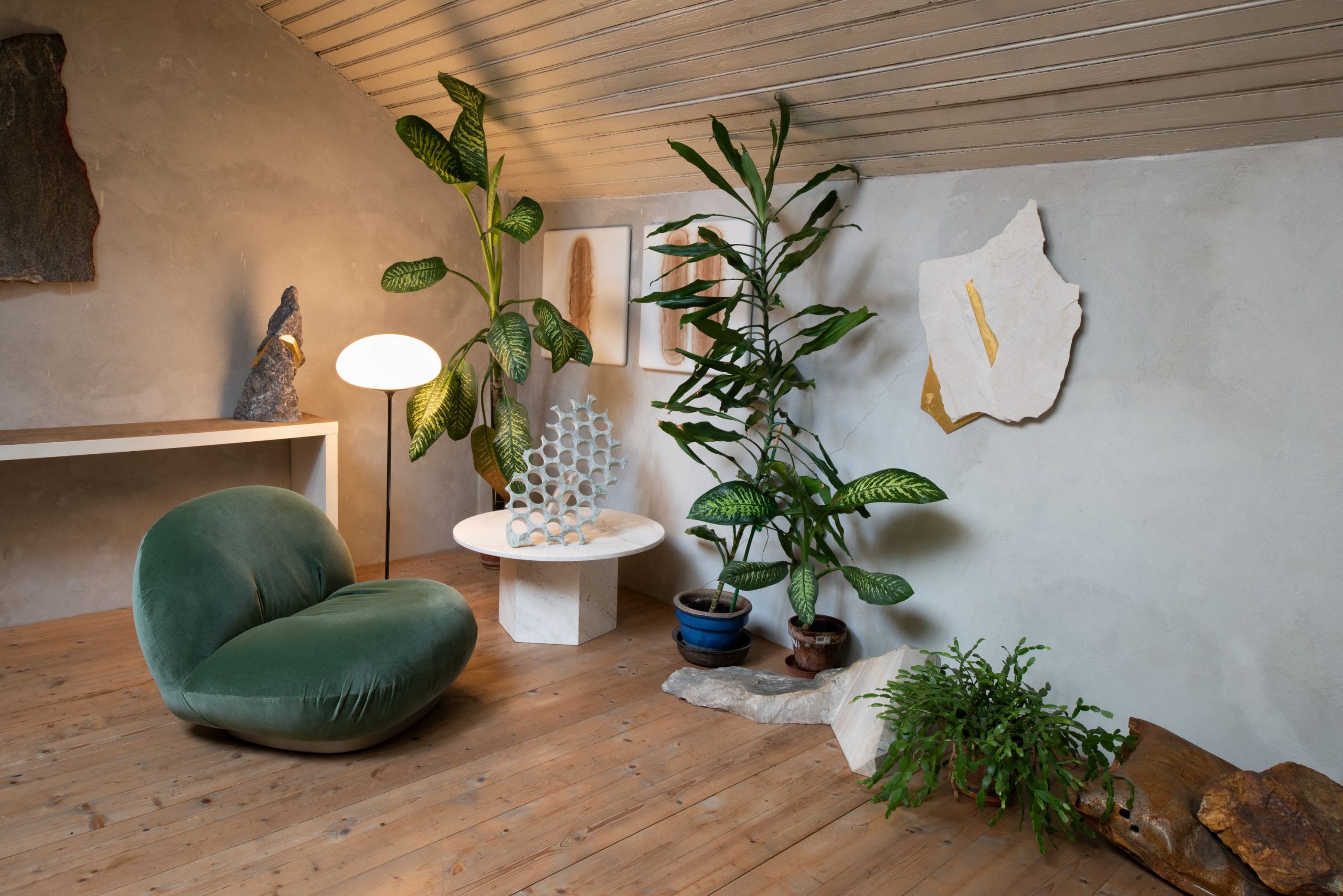
Craftsmanship
Achieving such a rounded organic form with cut foam and then upholstering it smoothly requires a special sewing technique and results in a highly crafted piece of furniture
Comfort
The structured softness of the Pacha Collection rewards the sitter with relaxation akin to sitting on the clouds that inspired it. The Ottoman started out as a footstool but is so comfortable that it can be used as a seat in its own right.
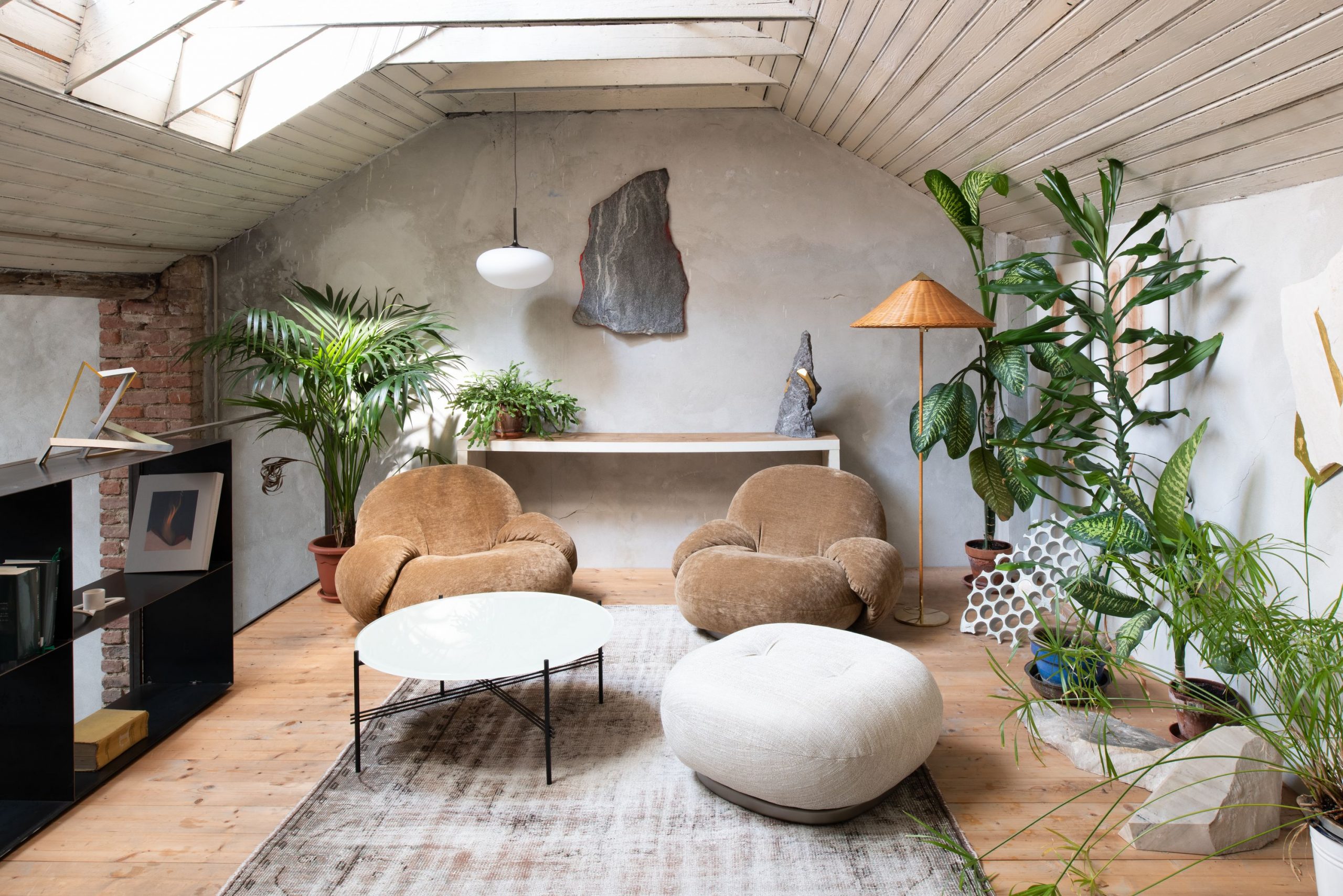
Versatile
The Pacha Lounge Chair is small yet very comfortable. Taking up very little floor space, the Pacha Collection can be mixed and matched in different combinations to suit the size of the interior space.
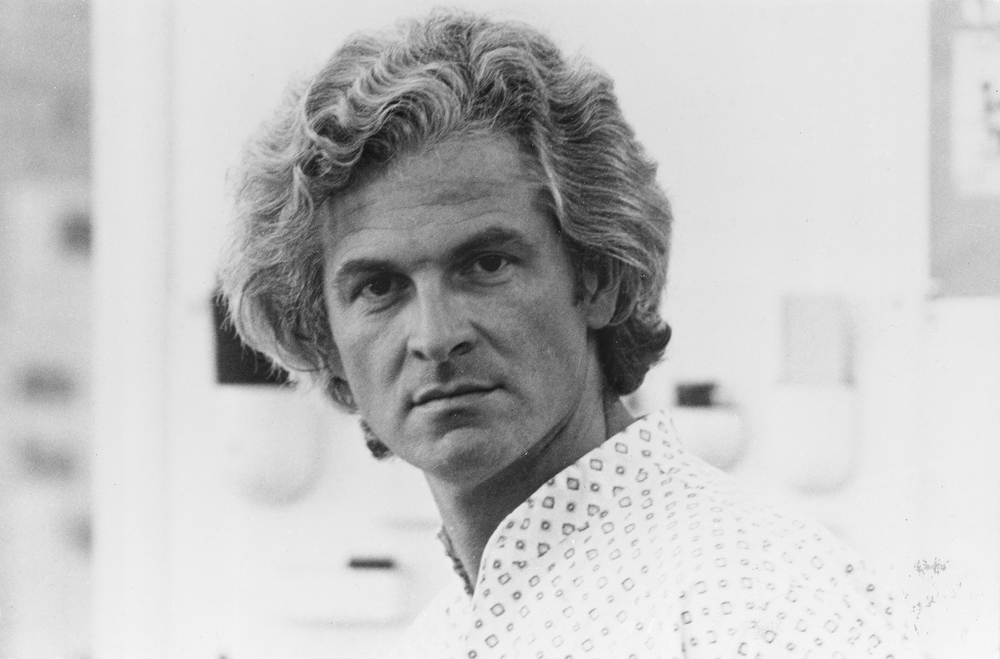 Designed by Pierre Paulin
Designed by Pierre Paulin
Born to a French father and a Swiss-German mother, Pierre Paulin (1927-2009) grew up in France, under the inspiration of his two uncles. His paternal uncle, Georges Paulin, invented the Eclipse mechanical folding roof system and, working with Peugeot, Bentley and Rolls Royce, provided a role model for creativity in business. His great uncle Freddy Stoll was a sculptor and instilled in a young Paulin the notion that an object should be beautiful from every angle.
Pierre studied in France – first ceramics in Vallauris and then stone-carving in Burgundy, intending to become a sculptor. Sadly, a severed tendon in his right arm put paid to his intentions to follow in his great uncle’s footsteps. He then enrolled at the École Camondo design school in Paris, where a teacher urged him to join furniture designer Marcel Gascoin’s workshop. He served as an apprentice and learned his trade before travelling to Scandinavia and the United States. He cited Ray and Charles Eames and George Nelson among his influences and, like Nelson, considered himself a functionalist who added “two little drops of poetry” to his work.
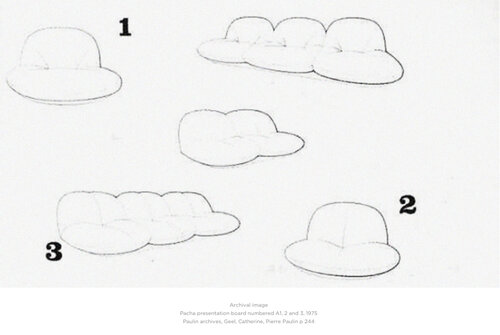
Paulin went on to design his own furniture, stretching swimwear fabrics across chair frames – perhaps inspired by the cars his uncle designed. He embarked upon successful collaborations with Thonet and Artifort – the latter resulting in the Mushroom (1959), Tongue (1963) and Ribbon (1966) chairs, all of which have become sought-after classics. His low-slung furniture provided a new laid-back perspective on life and his forward-looking, eclectic and sculptural approach to design reflected the mood of the swinging 1960s. He designed the Pacha Lounge chair in 1975 – without the constraints of legs, it attested to the comfort and cosiness of low-level living, capturing the spirit of the 1970s. The hedonistic, sinuous style of Paulin’s design attracted the patronage of French presidents Georges Pompidou and François Mitterrand, for whom he redecorated parts of the Elysée Palace.
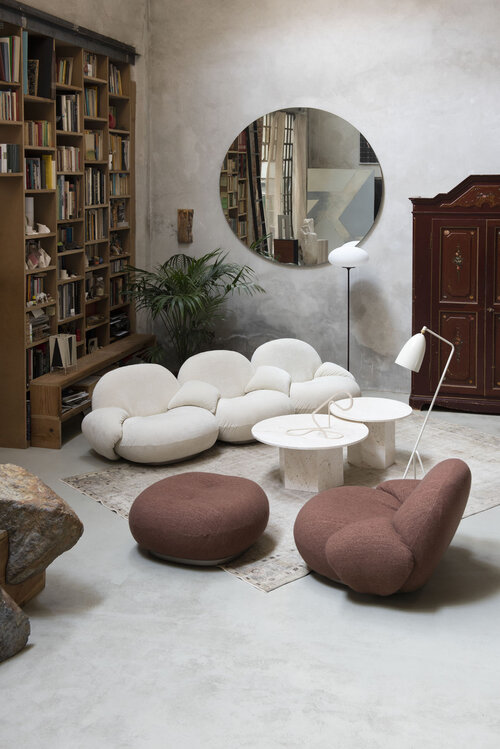
However, he was reluctant to build on this success – he refused to write marketing texts for the manufacturers to promote his products and wouldn’t dream of asking his influential patrons for influence or introductions. When the industrial design firm that he and his wife, Maïa Wodzislawska-Paulin, had founded in the mid-1970s was sold to a French communications agency (now Havas Worldwide), he retreated to the Cévennes mountains of southern France. He poured all his efforts into designing and building a country house and a landscape – the final masterpiece before his death in 2009 at the age of 81.
Before he died, Maïa Wodzislawska-Paulin, their son Benjamin, and Benjamin’s wife Alice Lemoine – whose mother was a colourist for Paulin and a family friend – created a family enterprise called ‘Paulin, Paulin, Paulin’ to fulfil Paulin’s desire to see his unrealized designs put into production. It has since evolved into something with a bigger purpose – to win the man and his work the recognition he deserved within his lifetime but was too modest to pursue. Today, Kanye West, Nicolas Ghesquiere or Virgil Abloh figure among Paulin’s collectors and his designs can be found in contemporary art and design collections around the world, from the Museum of Modern Art, New York, to the Victoria and Albert Museum, London, along with the Centre Pompidou in Paris. His legacy has finally been assured.

